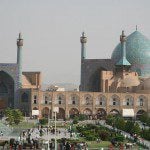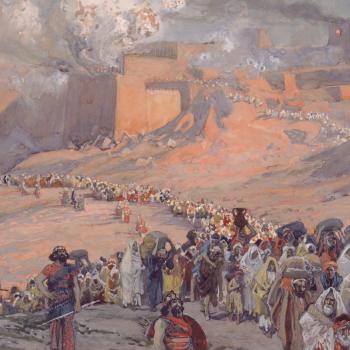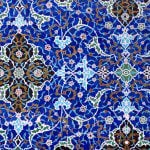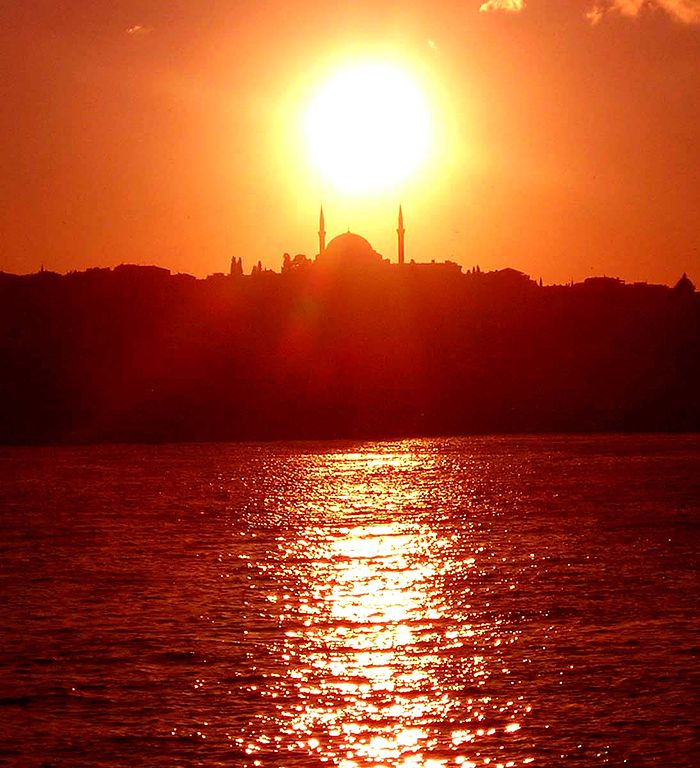
The Ottomans had yet another military asset that served them well. That was the so-called Janissary Corps. (The name is from the Turkish yeni cheri, meaning “new troops.”) These were soldiers very much on the old mamluk model, but instead of being conscripted from central Asia, the janissaries were taken from the Christian villages of Anatolia and the Balkans. They converted to Islam and, like the mamluks, were personally loyal to the sultan himself, who was their owner. As in the case of the mamluks, their children were not allowed to become janissaries — in the beginning, anyway — being considered too soft. Interestingly, although no doubt some of the Christian villagers were horrified when they saw the sultan’s recruiters approaching, the evidence suggests that many effectively pushed their able-bodied young sons forward, hoping that they would be chosen, knowing that this was a path to advancement that would never be duplicated in the farmyard routine of the home village. The janissaries enjoyed exalted status in the empire. They earned enormous rewards and were the elite Ottoman military corps, rather like today’s Rangers, Seals, or Green Berets. They were one of the major reasons for the success of the Ottoman expansion.
The high point of the empire’s history is probably to be identified with Suleiman I—whose reign, from 1520 to 1566, overlapped that of England’s Henry VIII and the first part of the reign of Queen Elizabeth I. He is appropriately known as Suleiman the Magnificent. Suleiman conquered Hungary, northern Africa, and the Red Sea coast all the way down to Yemen. This left him in possession of the holy cities of Mecca and Medina, giving him immense prestige throughout the Islamic world as the protector of the most sacred shrines of his faith.
Prestige, of course, does not pay the bills or put food on the table. The economy of the Ottoman Empire was largely agrarian. Most Ottoman subjects were farmers. While most Westerners picture the Near East as one large desert, it is actually not. (Many parts of it are high and semiarid, but not desert. They are much like Utah, in fact, which also enjoys an undeserved reputation as nothing but desert.) The fertile areas of Egypt, Syria, and the region around the Black Sea produced large quantities of grain. Trade was also important, of course, and the Ottoman Empire fully exploited its location linking Asia and Europe. (Perhaps bicontinental Istanbul is not such a bad symbol, after all.) Chinese porcelains and European woolens, Persian silks, and spices from Asia were to be found in the covered bazaars of the empire, traveling back and forth across it. But the Ottomans were not only consumers and traders of other people’s crafts and arts, they were makers of their own. They were especially well known for their monumental architecture (which, unfortunately, could neither be transported nor traded), as well as for their carpet weaving (Ottoman rugs) and their beautiful tiles.
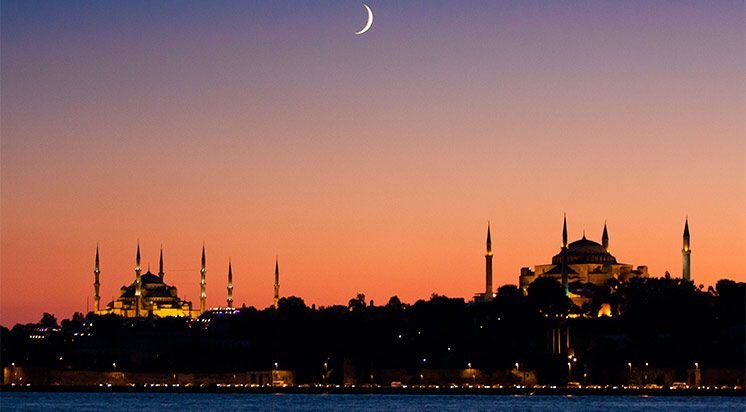
This vast and industrious empire was presided over by an all- powerful sultan. (Appropriately enough, the title sultan comes from an Arabic word meaning “power.”) Fortunately for the Ottomans, they enjoyed ten successive sultans of astonishingly high competence (to name a few: Selim the Grim, Mehmet the Conqueror, and Suleiman the Magnificent). Each sultan had numerous wives and concubines and, therefore, numerous sons. Following his death, the sultan would be succeeded by his eldest son, the eldest son of a favorite wife, or simply by a favorite son previously designated. As can easily be imagined, this kind of situation led to constant and often brutal scheming. And those conspiracies were made worse by another Ottoman custom. The successful candidate for the sultanate often killed his rivals or, if feeling especially kind, confined them to the harim, the women’s quarters of the palace.[1] This raised the stakes considerably. To lose in the rivalry for the sultanate was to suffer lifetime house arrest or risk death. The Ottomans gave us the phrase “harem intrigue.”
Eventually, the reigning sultan sat so insecurely on his throne that even likely heirs to it were locked up in the harim. No longer could they be trusted with governorships or important military commands. There was the immediate danger that they would use those positions of power to hasten the retirement of the ruler and take his position. So, instead of coming to the throne after years of activity and learning in the far-flung regions of the empire, a new sultan would arise out of the women’s quarters of the palace. More likely than not, he was unacquainted with affairs of state, having been kept purposely out of touch with the real world. He was unqualified for rule and, not infrequently, demented.
The Ottoman Empire gradually but steadily declined over its last 300 years. Eventually, lingering well past the time when most people would have expected it to collapse, it became known as “the sick man of Europe.” (A sign of that decline, perhaps, came when the janissaries demanded and received permission for their sons to inherit their rank, thus greatly weakening the janissary corps.). Perhaps it was continuing on the sheer momentum given to it by its competent early leaders. Nevertheless, corruption, bloated bureaucracy, inflation, and a string of weak sultans who were just as incompetent as their predecessors had been competent took their toll. As at the time of the Abbasid Empire’s decline, more states began to gain independence, and there was nothing much that the sultan could do about it.
In 1571, the combined naval forces of Venice, Spain, and the Italian papal states nearly destroyed the Ottoman navy at the Battle of Lepanto. But, like an unexpectedly resilient boxer who is knocked down but manages to get back up, it rebounded. Indeed, the empire continued to pose a military threat to Europe for many more years. In 1683, desperate Austrian and Polish troops turned back an Ottoman siege of Vienna. This marked the end of Ottoman expansion.
However, the Ottomans left their mark on the Near East in general and on the Arab world in particular. Ottoman mosques, for example, with their distinctively tall, pencil-shaped minarets, dot the horizon of the region (though, unfortunately, many of these were deliberately destroyed during the recent troubles in the Balkans). But the most profound Ottoman impact was probably upon the government and social organization of the Near East. The various religious groups of the empire had been organized and represented under the “millet system” (from the Arabic word milla, meaning “religious community” or “denomination”). Under this system, each religious group, including Muslims, was represented before the government by its leader. People tended, naturally, to identify themselves as much by their religious affiliation—Druze, Shiite, Sunni, Maronite Christian, Jewish—as by their place of residence. This tendency helped to retard the growth of nationalism in the region. A man was not Lebanese, but Shiite. A woman in Baghdad might well view herself as a Sunni Muslim rather than Iraqi. Thus, nationalism came relatively late to the Near East, and many of the countries in the region today can be considered nations only by courtesy. They grew out of British and French map exercises rather than from the consciousness of the people. In Iraq, in Lebanon, and in the former Yugoslavia, we are now reaping what those shortsighted diplomats unwittingly sowed.
[1] This Arabic word, pronounced ha-REEM, is, as noted earlier, connected with the idea of forbiddenness and is often spelled harem in English.
Posted from Bountiful, Utah



